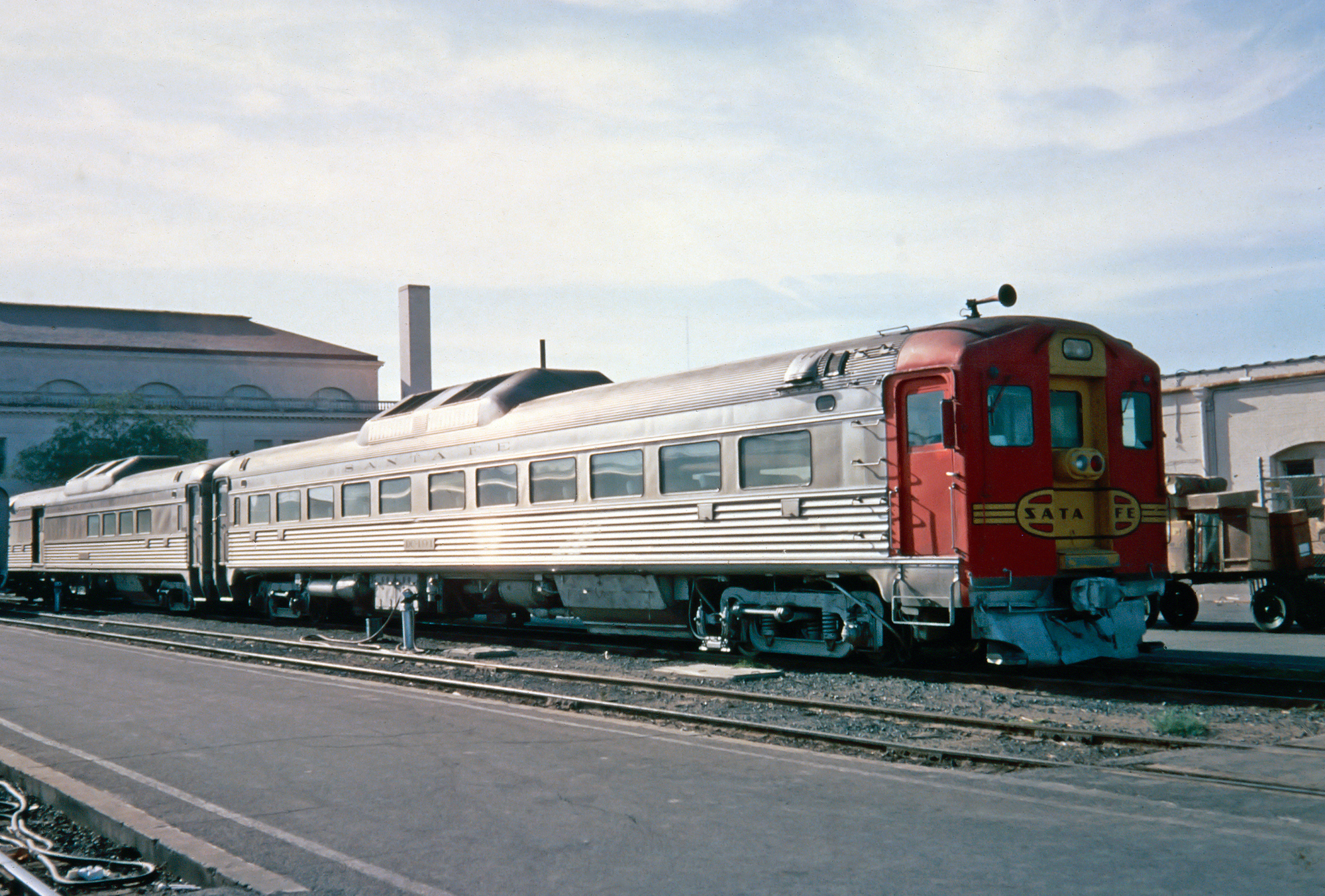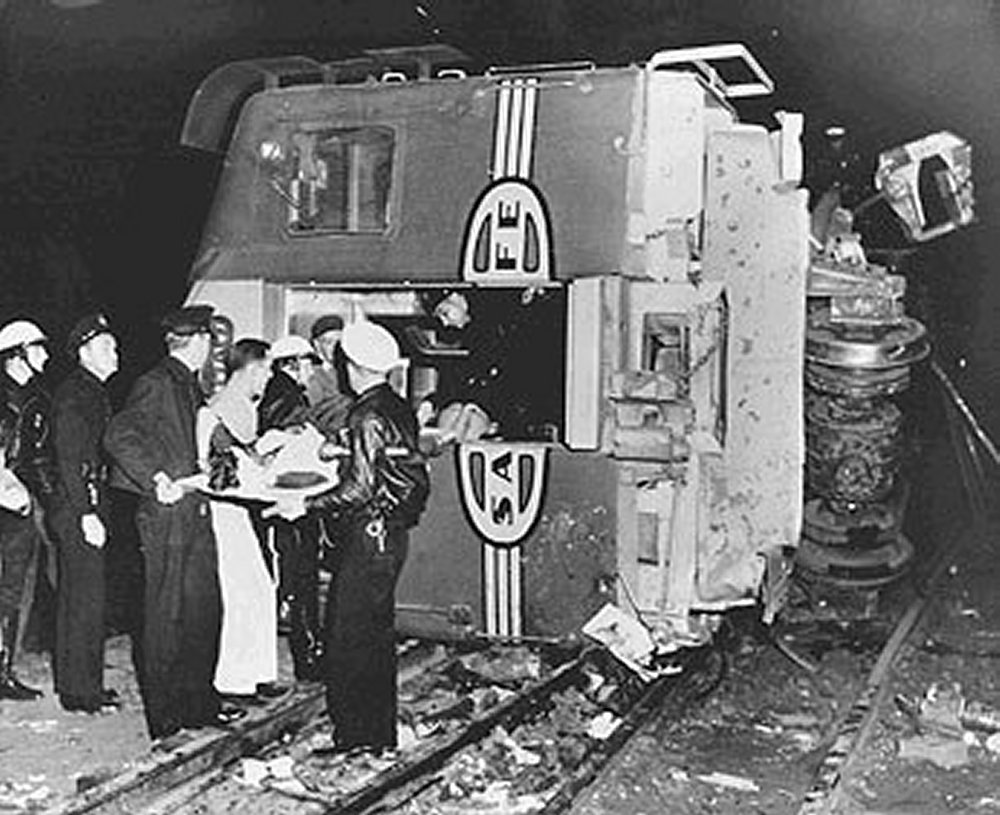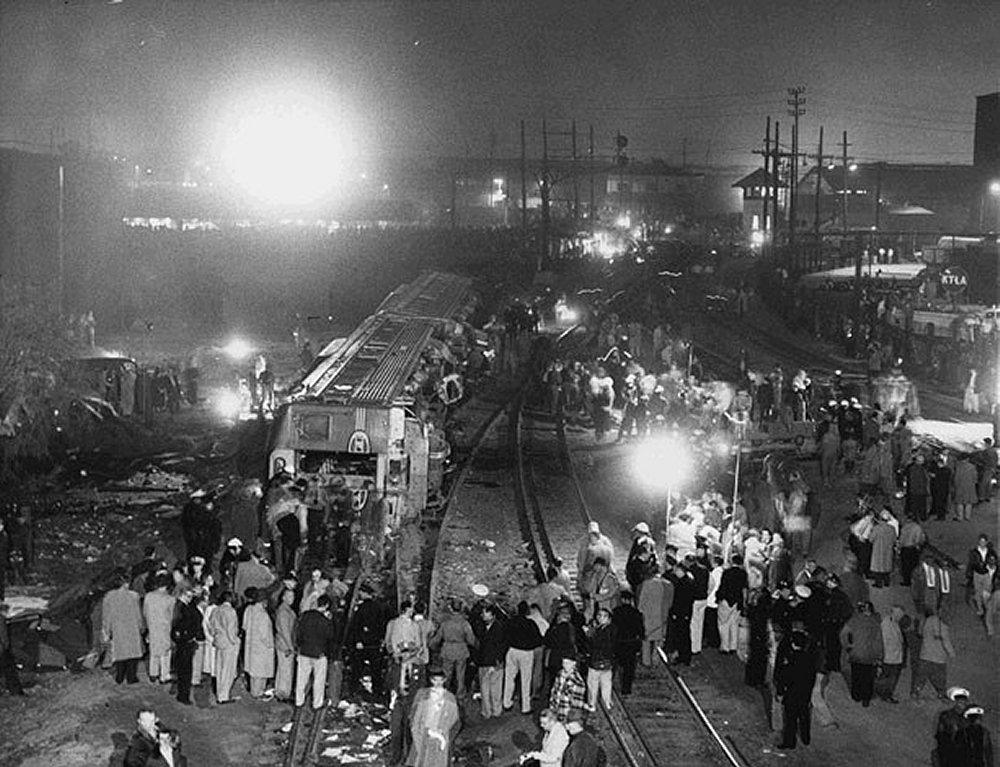I actually ran that GP38-2 last year when I went down to Reading & Northern for the RDC trip to Tremont. I had purchased their "Engineer For A Day" ticket and when I got there, I was admittedly disappointed to see a scruffy GP38-2 in patched out Norfolk Southern paint idling away. I had really wanted to run that really nice GP10 that they had, but they weren't running that that weekend.
Unlike when I ran the steam locomotives at Strasburg, where the engineer handled the brakes and kept a close eye on everything and we only went about a half mile up the tracks and back, the engineer explained what everything was and said "Okay, it's downhill headed this way, keep the speed under 15mph and let's head out." We didn't go all the way down the line, but we went quite a ways. Headed out was a juggling act of working the independent brake and the throttle to keep the speed down but not come to a complete stop, and remembering to smack the alerter button. Modern diesels are equipped with a system where if there isn't a throttle or brake adjustment after so much time, they begin a countdown. First it flashes a light at you, then if you ignore that, it starts making a beeping noise, then further inattentiveness causes it to emit a solid tone, and then if you don't take action, it dumps the emergency brakes. It's a safety system similar to a dead man's brake, where if the engineer is indisposed, it shuts down the locomotive. Coming back was uphill the whole way and I rarely touched the brake, I just controlled my speed by going between Idle, Run 1, and Run 2 on the throttle. The only time I really used the brakes on the way back was when the locomotive would get into a bad oscillation. According to the engineer, there's something wrong with either the trucks on the #5128, where it tends to get rocking back and forth much worse than the GP10 and the only way to get it to stop is to slow way down. Their track also isn't the smoothest, not helped by long sections of it being on damp clay that likes to move around, and while headed down, I got that thing into a violent rocking and I was thinking "I'm about to put this thing on the dirt." I really had to clamp the brakes down and drop my speed almost to nothing to get it under control
I'll also say this, I get why LHF operation went away, you can't see much when running that way, although they had added a camera on the top of the hood. Running short hood forward, the high hood really wasn't that detrimental to vision, but the controls were kind of behind me, and the alerter light was just at the very edge of my peripheral vision. Once we got back to Boyerstown, I was congratulated on my handling of the locomotive. We stopped short of the passenger cars, and he asked if I wanted to play brakeman. We dropped down and he showed me how to do a check on the couplers and pins, and taught me the hand signals, and then I waved him in, we hooked the locomotive up to the cars and did a quick pull test. Very cool experience.
































































